 |
| Look what I found, Coolies! - Yes, Sahib, you are a genius to dig up sacred religious monuments. |
Bones of the Buddha
 |
| What are Buddhist cremation "relics"? |
(PBS Documentary) The mystery surrounding the bones of the [historical] Buddha dates back more than 100 years ago. When colonial estate manager Willie Peppe set his workers digging at a mysterious "hill" (Piprahwa Stupa) in Northern India in 1898, he had no idea what they would find. Just over 20 feet down, they made an amazing discovery: a huge stone coffer [like the amazing Bimaran casket's steatite container], containing five reliquary jars [with rare spiritual relics known as Śarīras], more than 1,000 separate jewels, and some ash and bone.
 |
| The Buddha in gold (British Museum) |
 |
| Ancient shrine that may hold the Buddha's skull bone found in crypt (Live Science) |
 |
| Bhutan (Peterwescarey/flickr.com) |
The history of buddhas on earth (Bhumi) and on the human plane (manussya loka) in general is very strange and prehistoric. We have the historical Buddha as our source of information about prehistoric buddhas (seven recent among 28 named in this incredibly long cycle or recent cycles, kalpas, of time). The Buddha in prescribing burial practices of noble ones (Aryans, arhats) detailed an ancient Central and North Asian custom of dolmens, tumuli, kurgans, barrows, long barrows, chortens, burial mounds or what are known in Buddhism today as stupas. The Buddha, after passing into final nirvana, planned for his mortal remains to be divided among great rulers of that time. He chose a very rural and out-of-the-way place at which to pass. His attendant Ananda was shocked that he would leave the world in such a spot, until the Buddha revealed to him that in the distant past, this spot (Kushinagar near modern Gorakhpur, India) was once the center of a prosperous kingdom in super-ancient times. Moreover, it was between the current kingdoms of great kings.
 |
| North Asian style stupa burial mound topped by statue of buried person? (Abdul Mohammadi) |
If he had passed away within any of these, that king would have enshrined the precious relics in one great dolmen in stupa. Instead, many got the chance to do so by partitioning them, with one going to the celestial devas (in "heaven") and another going to the partitioner, who saw to their care. These were not the first stupas as many might think. It was an ancient custom all the way to Ukraine. Modern Tibetan Buddhists know this and visit secret ancient sites of other buddhas and arhats in Central and North Asia, rumor has it. Sadly, archeologists argue and do not recognize all discoveries of treasure within them unless they accord with preconceived notions of where they should be located. So the ones in Afghanistan and outside modern India get shorter shrift. This is most shockingly true as exposed in the movie Bones of the Buddha, where a stupa or dolmen ("portal tomb") was opened, its treasures looted and taken to England, and rather than being clawed back by the Indian government or Buddhists was allowed to be passed on from the British excavator (looter) to his son, who keep this priceless Buddhist treasures in his little cottage in England, much of it under his bed. Ancient Scythians and other tribes all over Central and North Asia built these funerary sites, reliquaries, mounds to enshrine significant individuals. Originally, they were topped with statuary figures rather than the pagodas that came to be in South, East, and Southeast Asia.
Giant prehistoric dolmens in the Caucasus built with advanced technology
 |
| Stupas everywhere in the land of Pagan (Bagan), Burma (Myanmar). |
.
 |
| Gold container of the Buddha's relics |























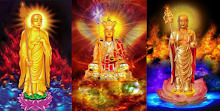



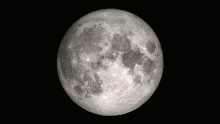















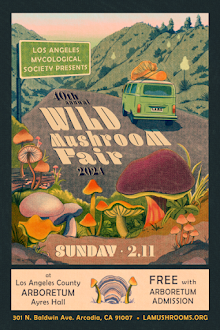

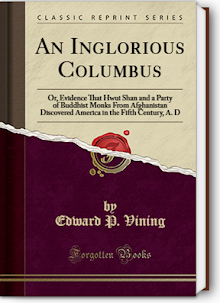


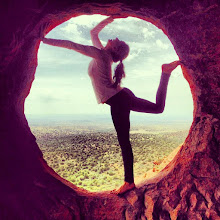
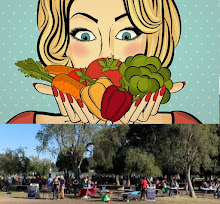
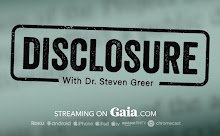

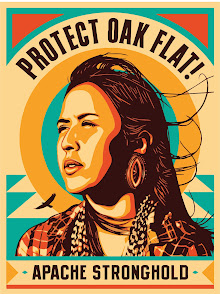





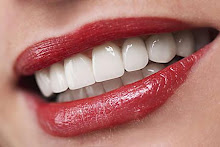
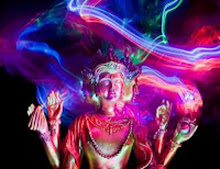


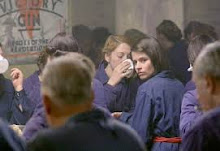


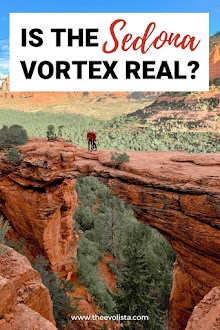



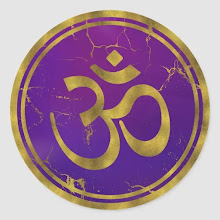
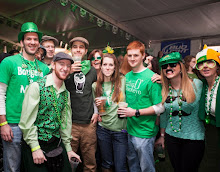




















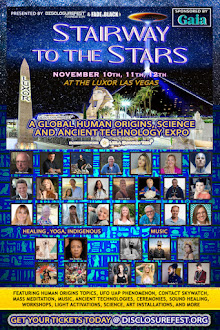









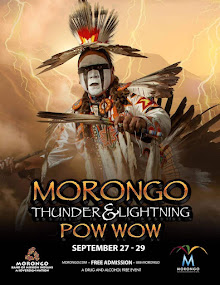
















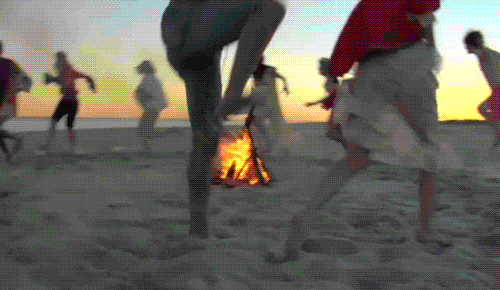





























































































































No comments:
Post a Comment